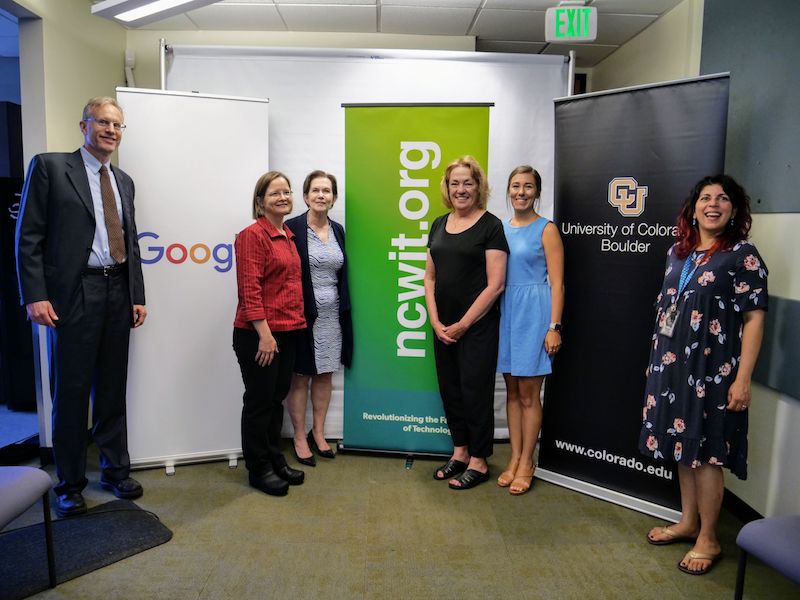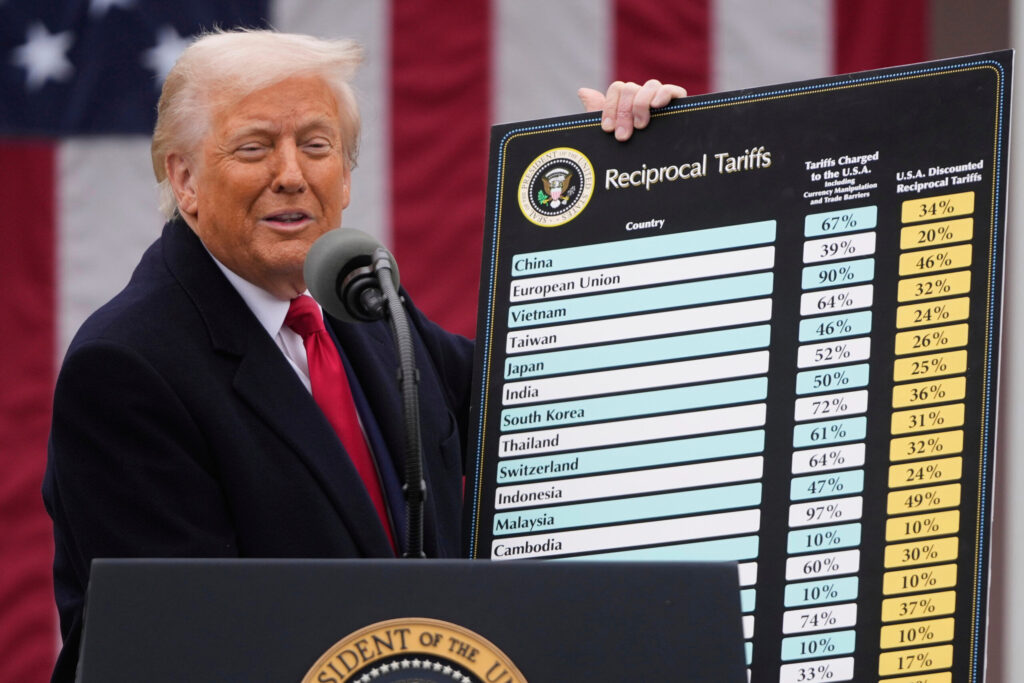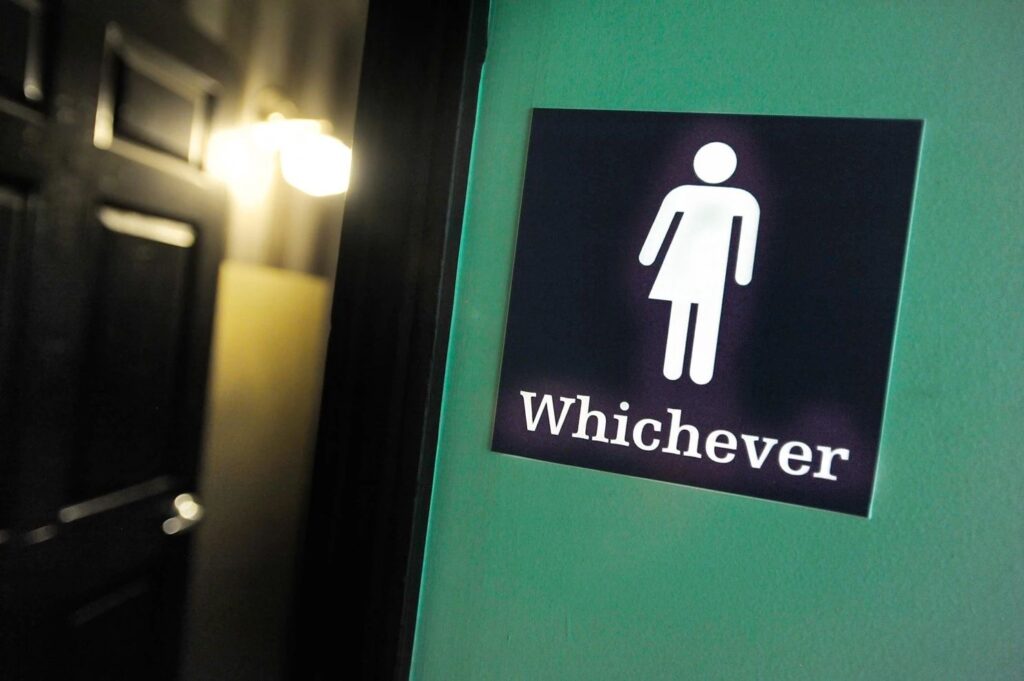Google gives $2.8 million to spread computer science from Boulder

Internet giant Google is giving $2.8 million to two Boulder-based operations to spread the word about computer science.
Lt. Gov. Donna Lynne, the state’s dual chief operating officer, attended last week’s presentation to the National Center for Women & Information Technology and the University of Colorado Boulder’s PhET Interactive Simulations.
“Colorado is home to innovative companies in bioscience, aerospace, telecommunications and many other industries,” Lynne said in a statement. “And investments like those announced today are important steps as we prepare the next generation for 21st century jobs – regardless of where they live.”
Google will pay the lease for six years for the National Center for Women & Information Technology (NCWIT) so the CU-founded center can set up a national headquarters in Google’s former Boulder offices, as the company moves to a new local campus. That was valued at $1.3 million.
NCWIT serves more than 1,100 k-12, post-secondary and career organizations, said founder and CEO Lucy Sanders. “This office space will help accelerate our efforts and we are very grateful to Google,” she said in a press release.
Scott Green, Boulder’s Google site director, explained, “They are encouraging women technologists, and we are thrilled to have NCWIT on our campus. We have the same goals of providing opportunity for all and increasing diversity in tech.”
Google also gave $1.5 million to PhET Interactive Simulations at CU Boulder to help advance its interactive simulations that are available globally for science, technology, engineering and math (STEM) education.
“Whether you are learning in a remote African village, an under-resourced school in Mexico or a school for the blind, you deserve access to a high-quality STEM education,” Kathy Perkins, director of PhET Interactive Simulations, said in a statement. “PhET is excited to partner with Google to answer this critical need.”
Google has committed $50 million to help close the education gap in developing countries.














